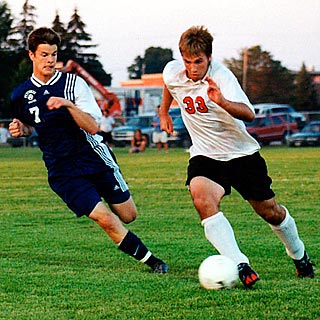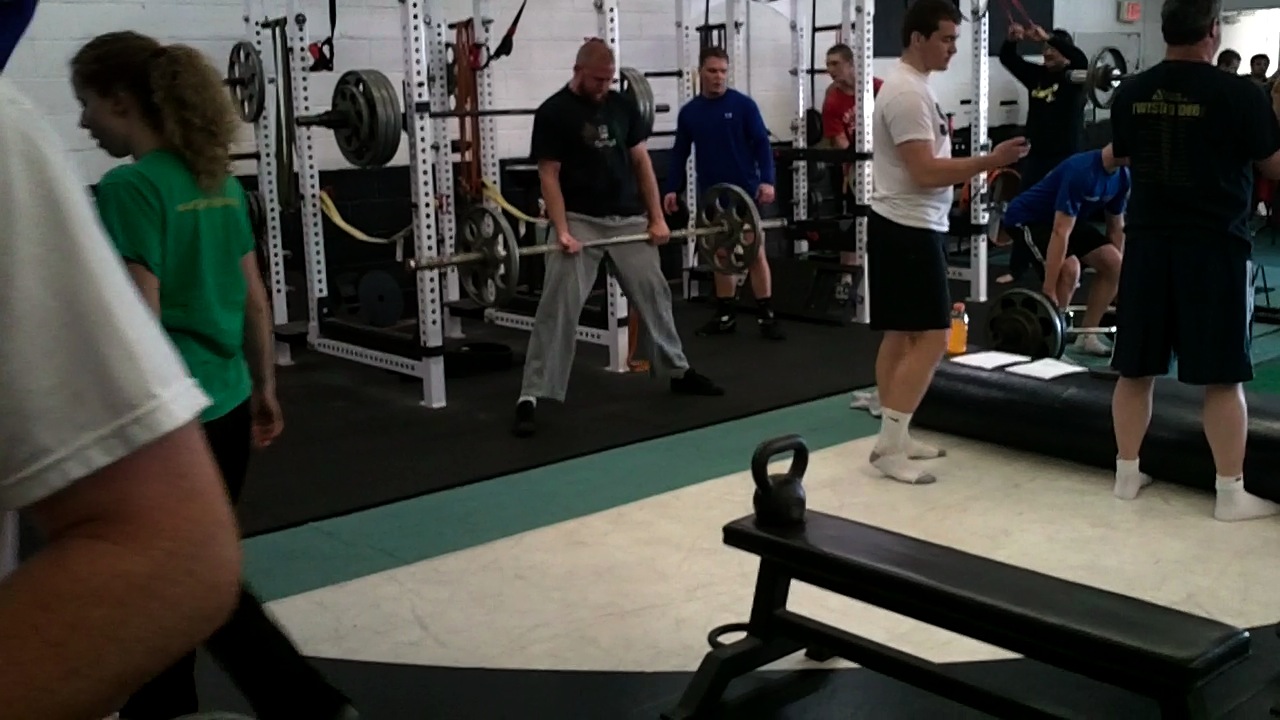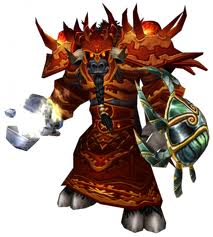Quick Thought on Early Sport Specialization
(Note: If you're wondering what "early sport specialization" refers to, check out THIS great article by Max Prokopy) Correct me if I'm wrong, but seemingly everything is becoming increasingly competitive these days:
- Number of high school clubs (sport and academic) you can be a part of
- College admission requirements
- Grad school admissions
- Climbing the "corporate" ladder in the business realm
- Racing the person next to you in the self-checkout line of a grocery store (yes, I did this yesterday)
- How quickly one can reach level 80 in World of Warcraft
And the list goes on.
Along with all this has inevitably surfaced the incessant push for children to excel in sport as quickly as possible. This will help little Johnny or Sally become the most distinguished child in the neighborhood, and increase the likelihood of receiving a scholarship to a DI or DII university.
Given that SAPT is a facility that strength trains middle and high school athletes , I'm frequently approached by well-intentioned parents informing me that their 12-year old child only needs to be doing drills that are, quote, "specific," to baseball, or soccer, or volleyball, or whatever (in fact this concept is quite similar to the vertical jump issue I discussed on Friday).
 Let me cut to the chase here. As Sarah has mentioned before on this site: Americans have royally screwed up the process of athletic development, in adolescents and adults alike. Along a similar vein, Pavel Tsatsouline (former Soviet Special Forces training instructor) tells us:
Let me cut to the chase here. As Sarah has mentioned before on this site: Americans have royally screwed up the process of athletic development, in adolescents and adults alike. Along a similar vein, Pavel Tsatsouline (former Soviet Special Forces training instructor) tells us:
"Soviet sport science has made it clear: Premature overspecialization delivers a quick increase in performance followed by stagnation. Extensive research and experimentation have demonstarted that athletic specialization must be supported by all-around preparation. That means GPP."
What does this mean? BEFORE an athlete (especially a young one) engages in true, sport-specific training, they are best served working on 'general physical preparedness,' or GPP. This will actually HELP the athlete excel in future sporting events by accumulating a wide range of fitness components, carrying over to a broad scope of tasks.
Given that few seem to understand what 'GPP' actually is, I'll resort to Professor Nikolay Ozolin on this one. Ozolin is one of the founders of Soviet sport science, having mentored Yuri Verkhoshanksy (the "Father of Plyometrics") and is a distinguished athlete and coach of the USSR himself. He defines GPP as:
"GPP contains the idea of all around physical development. Which is why the qualities developed by GPP may be called general as they express the ability of the organism and its psychological sphere to perform any physical work more or less successfully. Hence general endurance, general strength, general joint mobility, general coordination, general psychological preparedness."
At SAPT, when we train our young athletes (even high school athletes, depending on their stage or emotional+physical development) we help them develop a wide range of physical attributes that will help them not only in their chosen sport, but also in countless other physical endeavors. Then, when they are actually ready for true sport specific training, they'll be way better off than if they specialized too soon. And yes: SAPT does of course take into consideration the sport the athlete plays and adjusts the program accordingly, but not at the expense of neglecting other physical attributes.
 In closing: Encourage the young athlete (be them your child or not) to immerse themselves to a wide range of sports and physical skills. While it may appear counterintuitive, this will actually:
In closing: Encourage the young athlete (be them your child or not) to immerse themselves to a wide range of sports and physical skills. While it may appear counterintuitive, this will actually:
- Prevent early stagnation and help them maximally blossom when it comes time for true sport-specific training
- Potentially expose them to a sport they enjoy more or are more adept at than the sport they (or their parent!) thinks they were initially meant to specialize in
- Reduce the risk of overuse injuries (ex. it's scary how many adolescent baseball players are developing elbow+shoulder dysfunction due to early sport specialization)
- Help the athlete enjoy training for the sake of training. Then, even after their competitive athletic career is over, they can still engage in physical activity without a negative association
- Give the child more time for things he/she actually enjoys! Be it fishing, ice skating, doing schoolwork, playing backyard football, whatever.

